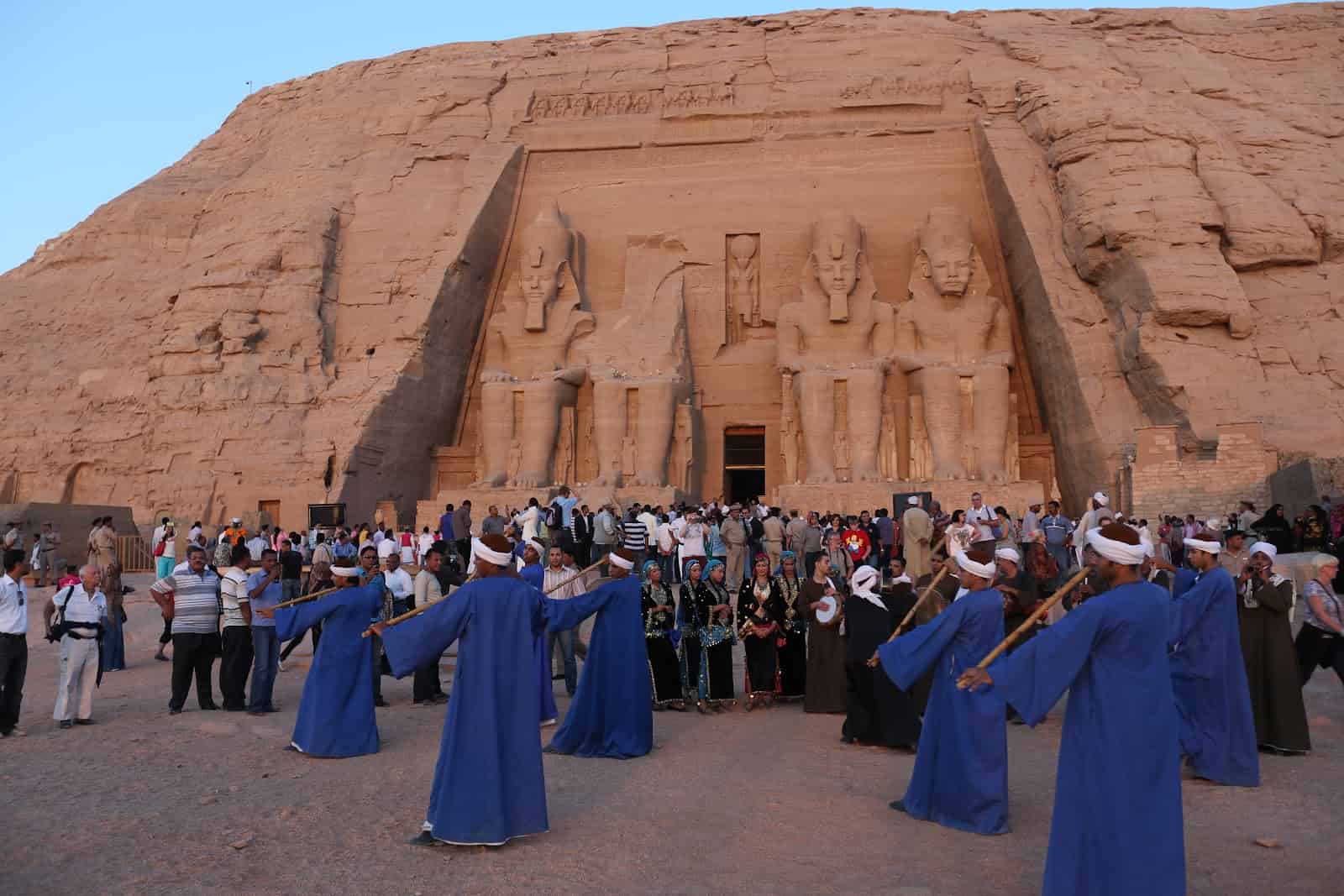Egypt, a land steeped in ancient history and rich cultural traditions, offers travelers a myriad of experiences. Among the many cultural treasures that grace this country, the Abu Simbel Sun Festival stands out as a mesmerizing spectacle that beckons both history enthusiasts and curious adventurers.
Overview of the Abu Simbel Temples:
Built by the great Pharaoh Ramses II in the 13th century BCE, the Abu Simbel temples are a testament to the grandeur and architectural prowess of ancient Egypt. Carved into the mountainside on the banks of Lake Nasser, these temples are dedicated to Ramses II and his beloved queen, Nefertari.
Significance of the Sun Festival:
The Abu Simbel Sun Festival is a celestial celebration that occurs twice a year, on February 22nd and October 22nd. These dates mark the king’s birthday and coronation, respectively. What makes this festival truly awe-inspiring is the alignment of the sun’s rays, which illuminate the inner sanctum and illuminate the statues of the gods seated in the temple’s depths.
The Remarkable Solar Alignment:
As the first rays of the rising sun pierce through the temple’s entrance, they gradually illuminate the statues of Ramses II and the gods Amun, Ra-Harakhte, and Ptah. The phenomenon symbolizes the king’s deification and is a stunning visual representation of the ancient Egyptians’ advanced understanding of astronomy.
Attending the Abu Simbel Sun Festival is not just a trip, it’s a pilgrimage into the heart of Egypt’s ancient soul.



Comment (0)